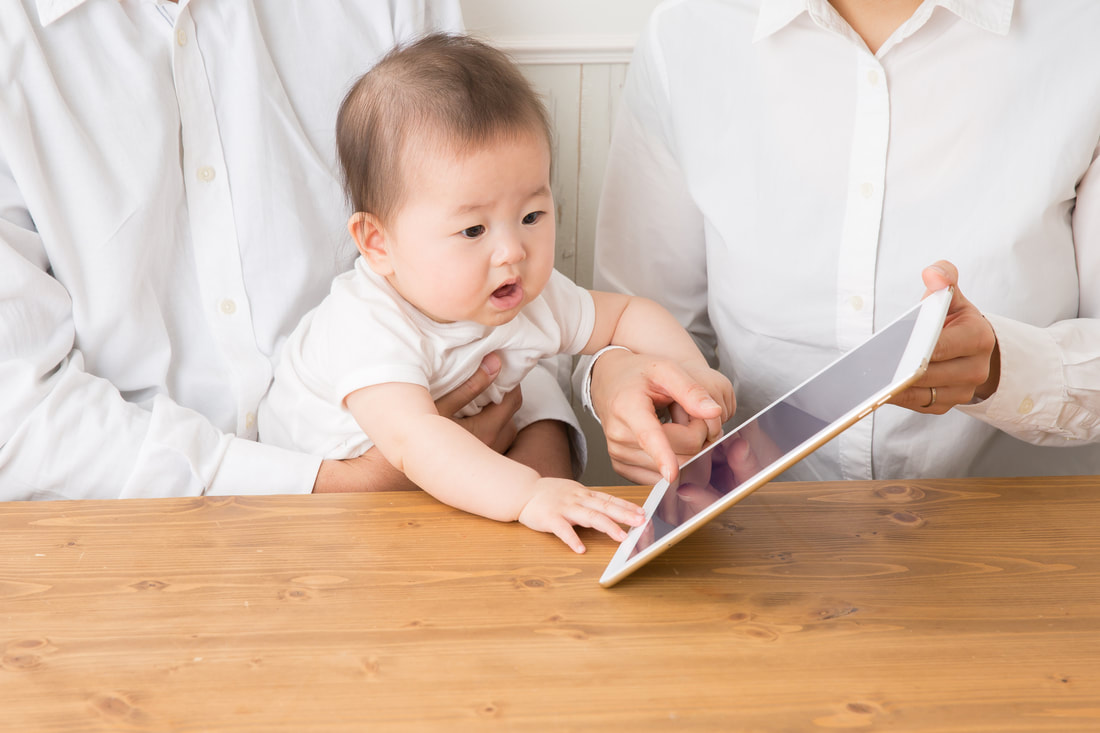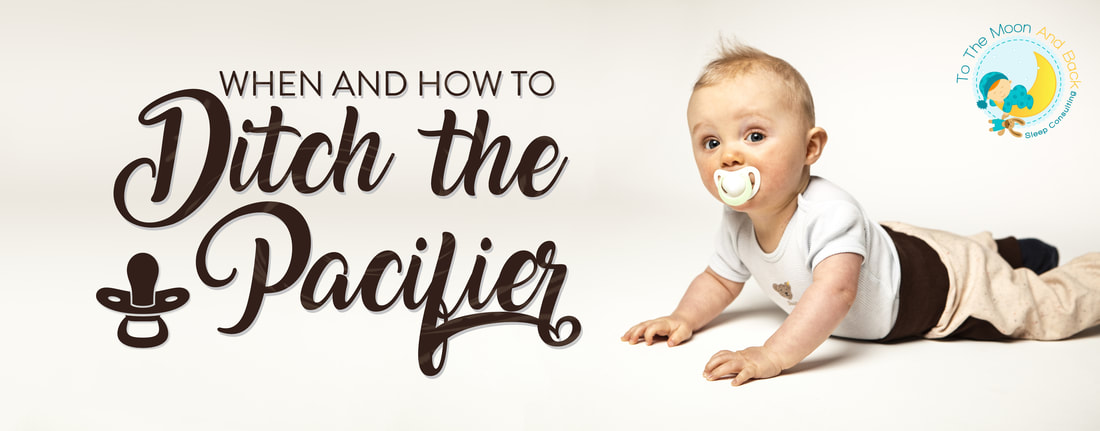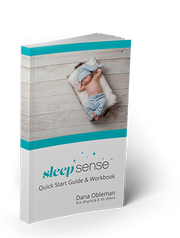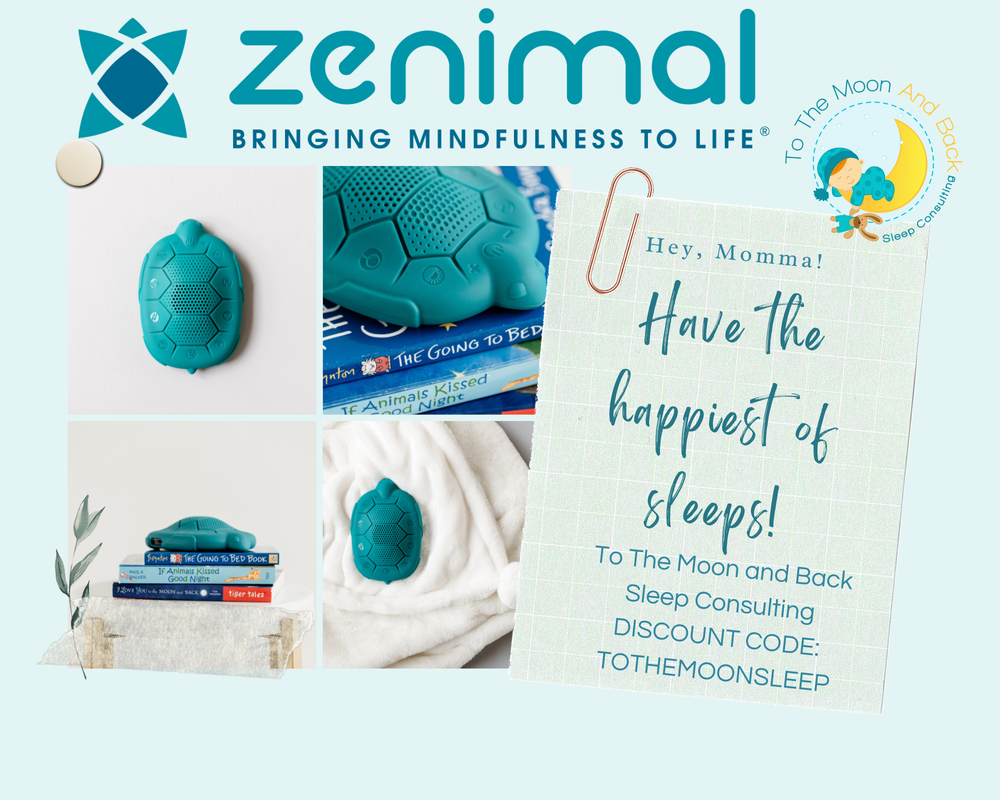|
Before I get rolling here, let me say that I am not anti-pacifier. I mean, what mother could be? We’ve all been saved from a major baby meltdown by the quick introduction of a dummy into a baby’s mouth at the right moment. Maybe they missed their sleep window by a little bit and were getting a bit cranky; perhaps they got an unexpected bump on the head, or you had to swoop in and take the dog treat out of their mouth. Just before they go into a tantrum, in goes the pacifier, and like magic, all is well. Pacifiers have benefits beyond preventing tantrums, as well. The AAP found that pacifiers can reduce the risk of SIDS, possibly due to the fact that baby has a more challenging time burying their face into soft bedding if they have a pacifier sticking out of their mouth. So, given that very substantial and necessary consideration, I’m making the following recommendations based on the supposition that your baby is over a year old. That doesn’t mean this is irrelevant if your little one’s younger than that, but just make sure you’ve carefully considered the pros and cons of taking away the pacifier before you make a decision. So here’s the conundrum from a sleep expert’s point of view: pacifiers can become a problem when it comes to sleep. If a baby’s accustomed to falling asleep with a pacifier in, it almost always wakes up in the night after it’s fallen out. It kicks up a fuss until mom gets up, finds it, and pops it back in its mouth. So, first off, let’s look at why babies can’t just fall asleep with a pacifier in and then peacefully sleep through the night. Then, we can look at some strategies for getting rid of the pacifier if you and your baby are ready to take the plunge. Sleep, for babies and adults alike, comes in cycles. Many of us are under the assumption that we fall asleep at the start of the night, go into a deeper sleep as the night goes on, and then gradually come out of it as the morning rolls around. It’s true that we go from light sleep to deep sleep and then back again, but it happens several times a night, depending on how long you sleep. For adults, a full cycle typically takes between 90 and 120 minutes. For a baby, it’s closer to 50. Suppose your baby won’t sleep at bedtime without a pacifier in their mouth. In that case, there’s a distinct possibility that they rely on that pacifier to sleep. When they get to the end of a sleep cycle, they get into that very light stage of sleep and might actually wake up, at which point they’re still tired, but they might have trouble getting back to sleep because “Hey! Where’s the pacifier? I can’t get to sleep without my pacifier!” Suppose they can’t find it or haven’t figured out how to put it in on their own yet. In that case, they’re going to get upset because they can’t get back to sleep, and they’re going to start crying for someone to come and rectify the situation. And that, right there, is the definition of what we in the sleep consulting field call a “sleep prop.” Sometimes, it’s feeding, sometimes it’s rocking, and sometimes it’s some crazy combination of a bunch of things, but essentially, it’s something that babies depend on to get to sleep that they can’t provide on their own when they wake up in the night. More than anything, that’s the secret to sleeping through the night. Getting rid of sleep props is, hands down, the most critical component to getting your little one sleeping peacefully from the time you put them to bed until they wake up, happy and refreshed, in the morning. So, if you’re reading this and thinking, “That’s IT! That’s exactly what’s happening with my baby!” you’ll probably want to take steps to get rid of that pacifier. I have a few tips to get you through the process quickly and peacefully. When it comes to breaking bad habits, I’m a cold turkey advocate, and this situation is no different. Toddlers do better with absolutes than with moderation, so my advice to parents is almost always to pick a day to make the change, explain it to your little one, and then toss all the pacifiers into the trash. Toddlers can often adjust to new situations remarkably easily so long as things are clear and consistent. So don’t save one for emergencies or just-in-case scenarios. It will be too easy for you to fall back on the pacifier to get a quick solution if your baby is having trouble sleeping. Then you’ll just be causing confusion. Alright, you’ve made the decision, explained the situation to your toddler, and signed a mental contract with yourself that you’re not going to do it by half measures. You’re ready to go all in. What’s next? Now’s the time to flex those creative muscles and devise a plan. How are you going to spin this change in a positive way? Toddlers typically embrace the idea of growing into “big kids,” so marking it as a milestone can be a big help. Make sure to present the change as a very exciting and joyous occasion. This is a bit of a dirty parenting trick. Still, you could round this off by introducing a “Pacifier Fairy,’ by telling your toddler that the Pacifier Fairy is coming to collect all of their dummies and, in exchange, will leave them a special surprise. Whether that’s something your little one will embrace, I leave it up to your discretion.  One quick side note here: I’ve seen a lot of situations where parents with a toddler and a newborn or younger sibling in the house will give the older baby’s pacifiers to the younger one. On its face, this seems like a good idea, but it can breed some resentment from your toddler when they see their younger sibling sucking on their pacifier. If you can, get rid of your toddler’s pacifiers and get different ones for the younger child. So, you’ve laid the groundwork, your little one has grasped what’s going on, and the house is now pacifier-free. Now, you’ll want to brace yourself because, in about 99% of all cases, your toddler will go a little bit bananas while they adjust to the new reality. It’s nothing to be concerned about; we all get a little irritable when we break a habit, but I want you to know that it’s rarely a seamless transition. There’s going to be some pushback. When that pushback hits, and your toddler starts to lose it a little, my advice is to distract, distract, distract. Keep some of their favourite treats on standby, have the iPad cartoons ready, and quickly turn their attention to something else when they start to fuss about the lack of a pacifier. You can acknowledge their frustration and offer them as much comfort and support as needed but don’t apologize or give in. Remember that you’re the authority figure here. If you’ve decided that the pacifier is a thing of the past, that’s the way it is. Giving them a pacifier at this stage is only going to reinforce the idea that crying or fussing is an effective tool for getting their way. Every toddler is obviously a unique individual, so use these guidelines in conjunction with your intuition. Within a few nights, maybe a week, your little one should be Binky-free, and your whole family should enjoy the benefits of those glorious, sleep-filled nights. AuthorErin Neri - Certified Pediatric Sleep Consultant and Owner of To The Moon and Back Sleep Consulting since 2016. |
To The Moon and Back Sleep ConsultingProviding families the tools & support they need to get their little ones sleeping through the night and napping like champs! Everyone has more fun when they are well rested! Visit Wollino - Discount Code: TOTHEMOONANDBACK10
Browse
All
|
All information provided on this website, including texts, images, and other materials, are for informational purposes only and should not be considered a replacement for assessment or treatment by a healthcare provider.
© COPYRIGHT 2016-2024 TO THE MOON AND BACK SLEEP CONSULTING. ALL RIGHTS RESERVED. WAKING GIRL WEB DESIGN
© COPYRIGHT 2016-2024 TO THE MOON AND BACK SLEEP CONSULTING. ALL RIGHTS RESERVED. WAKING GIRL WEB DESIGN









 RSS Feed
RSS Feed








